
How Does Cycle to Work Scheme Work? A Complete Guide
The Cycle to Work scheme is one of the most cost-effective ways for UK employees to start commuting by bike or e-bike. Backed by the government and designed to encourage healthier, greener travel, the scheme allows you to spread the cost of a new bike and accessories through salary sacrifice—while saving money on tax and National Insurance.
But how does the Cycle to Work scheme actually work in practice, and what should you know before applying? In this complete guide, we break down the process step by step, explain the real savings you can expect, and help you decide whether the scheme is the right choice for your commute.
What Is the Cycle to Work Scheme?
The Cycle to Work scheme is a UK government-backed benefit that helps employees save money on a new bike or e-bike by spreading the cost through salary sacrifice. Introduced in 1999 to promote healthier, greener commuting, it has already helped more than 2 million workers across 40,000 employers access affordable cycling equipment.
The scheme works by allowing you to exchange part of your gross (pre-tax) salary for a bike and approved accessories that your employer buys on your behalf. You then “hire” the equipment over a typical 12–18 month period.
Because payments are taken before tax and National Insurance, you reduce your taxable income — meaning you can save around 32% to 47% on the cost of your bike, depending on your tax bracket and package value. It’s a simple, cost-effective way to start commuting by bike while cutting travel costs and carbon emissions.
How Does Cycle to Work Scheme Work? (Step-by-Step)
The Cycle to Work scheme operates through a simple salary-sacrifice model that helps employees enjoy significant savings on bikes and cycling equipment.
1. Salary Sacrifice Arrangement
Employees agree to reduce their gross salary in exchange for the use of a bicycle and approved cycling accessories. This salary sacrifice forms the foundation of the scheme, allowing the cost to be spread over manageable monthly payments.
2. Employer Purchases the Bike
Once an employee selects their preferred bike and accessories, the employer purchases them on their behalf through a registered Cycle to Work provider. This means employees don’t have to pay anything upfront.
3. Monthly Payments Taken Before Tax
The total cost of the bike is repaid through monthly deductions from the employee’s gross salary. Because these payments are taken before tax and National Insurance, the employee benefits from substantial savings compared with buying the bike outright.
4. Built-In Tax and NI Savings
By lowering taxable income through salary sacrifice, employees automatically pay less Income Tax and National Insurance. Depending on their tax bracket, this can reduce the cost of the bike by 32% to 47% on average.
5. Wide Range of Eligible Equipment
The scheme covers far more than just the bike itself. Employees can include helmets, locks, lights, clothing, maintenance tools, and other commuting essentials. Since the removal of the original £1,000 limit, there is now no upper cap unless the employer sets one.
6. Ownership Options at the End of the Term
After the hire period (usually 12 months), the employee can choose how to take ownership. The most common option is a low-cost extended hire agreement, which allows the bike to become theirs for a small final fee. Other options include paying a one-off “own it now” charge or returning the bike.
This combination of salary sacrifice, tax savings, and flexible ownership makes the Cycle to Work scheme one of the most affordable ways to start commuting by bike or e-bike in the UK.
Why the Cycle to Work Scheme Saves You Money
Major Savings for Employees
One of the most valuable advantages of the Cycle to Work scheme is the ability to access a brand-new bike or e-bike—plus essential accessories—at a significantly reduced cost. Because the scheme operates through salary sacrifice, there are no upfront payments, zero interest, and repayments are spread conveniently over 12 to 18 months.
This makes upgrading your commute far more affordable, especially at a time when many households are looking for practical ways to cut expenses.
Commuting by bike also leads to impressive long-term savings. According to research from Cyclescheme, someone travelling five miles each way could save more than £3,000 per year by swapping daily car journeys for cycling. These savings come from reduced spending on fuel, parking, vehicle maintenance, and public transport costs.
Beyond financial benefits, cycling boosts your fitness, improves mental health, reduces stress, and lowers your carbon footprint. By encouraging more people to choose active travel, the Cycle to Work scheme also contributes to easing pressure on services like the NHS.
Cost Benefits for Employers
The Cycle to Work scheme offers significant advantages to employers too. It is completely free to join, and the cost of the bike is fully recovered through employee salary sacrifice. In addition, employers can save up to 15.05% in National Insurance contributions for every employee who participates—making it a cost-effective benefit with immediate financial rewards.
Healthier employees are also more productive, more motivated, and generally more satisfied at work. Studies show that regular cycle commuters take an average of 1.3 fewer sick days per year, helping businesses reduce absenteeism and improve overall workforce wellbeing.
For employers looking to attract talent, boost productivity, and demonstrate environmental responsibility, becoming a cycle-friendly workplace offers long-lasting value.
What Can You Get Through the Cycle to Work Scheme?
The Cycle to Work scheme covers far more than just standard bicycles. According to HMRC, you can buy bikes, tricycles, cycles with four or more wheels, and e-bikes—all tax efficiently through salary sacrifice. The bike doesn’t have to be a traditional “commuter” model; any cycle that helps you travel to work for all or part of your journey is eligible. You simply need to use it for commuting at least 50% of the time.
Eligible Accessories
The scheme also allows you to include a wide range of cyclist safety equipment, such as:
-
BSEN1078-approved helmets
-
Lights, bells, horns and mirrors
-
Mudguards and visibility aids
-
Panniers, racks and child seats
-
Locks, chains and security devices
-
Pumps, repair kits, tools and tyre sealant
-
Roadworthy replacement parts
-
Mobility or disability adaptations
-
Reflective clothing and accessories
Where You Can Buy
Most scheme providers partner with thousands of UK bike shops, online retailers, and major brands like iScooter and isinwheel. Some allow sale bikes, but not all—so always confirm in advance. For a simple step-by-step guide on joining the Cycle to Work scheme, read this article on how to apply.
Cycle to Work Scheme: iScooter E-Bikes You Can Choose
|
Image |
 |
 |
 |
 |
 |
|
Model |
|||||
|
Price |
£356.99 |
£468.99 |
£468.99 |
£478.99 |
£488.99 |
|
Motor |
Peak 500W |
Peak 500W |
Peak 500W |
Peak 500W |
Peak 500W |
|
Max Range |
40 Miles |
65 Miles |
55 Miles |
55 Miles |
60 Miles |
|
Max Speed |
15.5 MPH Default, Unlock to 20 MPH |
15.5 MPH Default, Unlock to 20 MPH |
15.5 MPH Default, Unlock to 20 MPH |
15.5 MPH Default, Unlock to 20 MPH |
15.5 MPH Default, Unlock to 22 MPH |
|
Default Speed |
6.2/9.3/15.5 MPH |
3.7/6.2/9.3/15.5 MPH |
6.2/9.3/15.5 MPH |
3.7/6.2/9.3/12.4/15.5 MPH |
3.7/6.2/9.3/12.4/15.5 MPH |
|
Unlock Speed |
9.3/15.5/20 MPH |
6.2/9.3/15.5/20 MPH |
9.3/15.5/20 MPH |
6.2/9.3/12.4/15.5/20 MPH |
6.2/9.3/12.4/15.5/22 MPH |
|
Battey |
36V 7.8Ah (280.8Wh) |
36V 13Ah (468Wh) |
36V 10.4Ah(374.4Wh) |
36V, 10.4Ah (374.4Wh) |
36V, 10.5Ah (378 Wh) |
|
Sensor |
Cadence sensor |
Cadence sensor |
Cadence sensor |
Cadence sensor |
Cadence sensor |
|
Pedal Assist |
4-Level Speed Assist |
5-Level Speed Assist |
4-Level Speed Assist |
7-Level Speed Assist |
7-Level Speed Assist |
|
Suspension |
Rear Suspension |
Adjustable Front Spring Suspension Fork+Seat Suspension |
Adjustable Front Suspension Spring Fork |
Adjustable Front Spring Suspension Fork |
Advanced Front Suspension Fork |
|
Brake |
Front and rear disc brakes |
Front and rear disc brakes |
Front and rear disc brakes |
Front and rear disc brakes |
Mechanical brakes |
|
Tire |
14*1.95" Pneumatic Tires |
26*1.95" Chaoyang Pneumatic Tires |
16*2.15" Pneumatic Tires |
26" × 1.95" Pneumatic |
26" × 1.95" Pneumatic |
|
Saddle |
Urban comfort ergonomic seat |
Urban comfort ergonomic seat |
Urban comfort ergonomic seat |
Urban comfort ergonomic seat |
Breathable ergonomic sport cushion seat |
|
Headlight |
High output integrated LED, adjustable angle |
High output integrated LED, adjustable angle |
High output integrated LED, adjustable angle |
High output integrated LED, adjustable angle |
High output integrated LED, adjustable angle |
|
Tail Light |
Wiring LED light |
Wiring LED light |
button battery |
button battery |
Rear LED |
|
Rear Rack |
None |
Supported |
Supported |
Supported |
Suppoted |
|
Fenders |
Front and rear full coverage |
Front and rear full coverage |
Front and rear full coverage |
Front and rear full coverage |
Front and rear full coverage |
|
Charger |
42V 1.5Ah |
42V 2Ah |
42V 2Ah |
42V 2Ah |
42V 2Ah |
|
Frame |
Alloy steel folding frame |
Iron frame |
Alloy steel folding frame |
Iron Frame |
Alloy steel frame |
|
Water Resistance |
IP65 |
IP65 |
IP65 |
IP65 |
IP65 |
|
Load Capacity |
264 lbs (120 kg) |
264 lbs (120 kg) |
264 lbs (120 kg) |
264 lbs (120 kg) |
330 lbs (150 kg) |
|
Seat Height |
Adjustable |
Adjustable |
Adjustable |
Adjustable |
Adjustable |
|
Rider Height |
4'9" ~ 6'1" (150cm ~ 185cm) |
5'3" ~ 6'3" (160cm ~ 192cm) |
5'3" ~ 6'3" (160cm ~ 192cm) |
5'3" ~ 6'4" (150cm ~ 192cm) |
5'3" ~ 6'5" (160cm ~ 195cm) |
|
Bike Weight |
51.4 lbs (23.2 kg) |
59.5lb (27kg) |
58.42 lbs (26.5 kg) |
61.7 lbs (28 kg) |
45.1 lbs (20.5kg) |
Conclusion
The Cycle to Work scheme makes commuting healthier, greener, and more affordable by letting you spread the cost of a new bike or e-bike while saving on tax and National Insurance. With flexible spending limits, broad eligibility for bikes and accessories, and thousands of participating retailers, it’s one of the simplest ways to upgrade your daily journey. Now that you understand how does Cycle to Work scheme works, you’re ready to explore your options and choose the setup that fits your commute best.
FAQs
What is the disadvantage of a cycle to work scheme?
The main disadvantages are that you don’t officially own the bike until the end of the hire period, and leaving your job early may require you to pay the remaining balance in one go. Some providers also limit sale items or specific brands.
Is it worth doing a cycle to work scheme?
Yes. For most employees, the Cycle to Work scheme is worth it because it offers significant tax and National Insurance savings—often 25–47% off the cost of a bike or e-bike—while spreading payments over manageable monthly deductions.
How much do you pay at the end of the cycle to work scheme?
At the end of the scheme, you may pay a small “ownership” or “transfer of ownership” fee. This typically ranges from 3–7% of the bike’s value under the “Own It Later” option, or 18–25% for immediate ownership, depending on your provider.
What happens if I don't spend all my cycle to work voucher?
If you don’t use the full voucher amount, the unused balance normally expires and can’t be refunded. Make sure to choose a voucher that closely matches the cost of your bike and accessories.
iScooter E Scooter Collections:
Electric Scooter | Kids Electric Scooter | Electric Scooter for Adults | Electric Scooter with Seat | Off-Road Electric Scooter | Foldable Electric Scooter | Girls Electric Scooter | 1000W Electric Scooter | 2000W Electric Scooter | Boys Electric Scooter | Dual Motor Electric Scooter | Big Electric Scooter | Electric Scooter with Suspension | Lightweight Electric Scooter | Commuter E-Scooters | 3 Wheel Electric Scooter
Show more ▼iScooter E Bike Collections:
Foldable Electric Bike | Affordable Cheap Electric Bike | Electric Bike for Adults | Electric Motor Bikes | Trek Electric Bike | Fastest Electric Bike | Electric Road Bike | Full Suspension Electric Mountain Bike | Giant Electric Bike | Womens Ladies Electric Bike | Mens Electric Bike | Electric Bike with Throttle | Electric Gravel Bike | Electric Mountain Bike UK | Fat Tyre Electric Bike | Electric Hybrid Bike | Electric Motorised Bike | Electric Push Bike | 1000W Electric Bike | Cool Electric Bikes | Electric Off Road Bike | Pedal Assist Electric Bike | Good Electric Bikes | Small Electric Bike | Trek Electric Mountain Bike | 2000W Electric Bike | Full Suspension Electric Bike | Mini Electric Bike | Road Legal Electric Bike | Step Through Electric Bike
Show more ▼👍 Buying Guide | 🚴♂️ Riding Guide
📋 Feature Guide | ❓ Common problem
Product category
Electric Scooter
Cheap Electric Scooters for Adults | Fastest Electric Scooter | Kids Electric Scooter | Mini Electric Scooter
































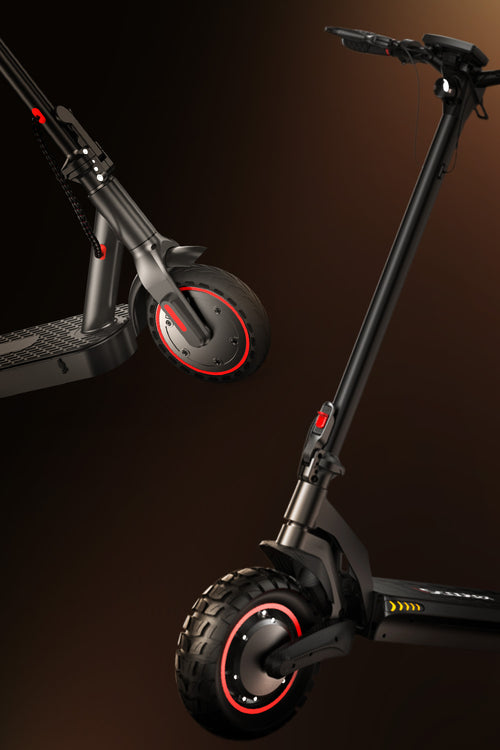
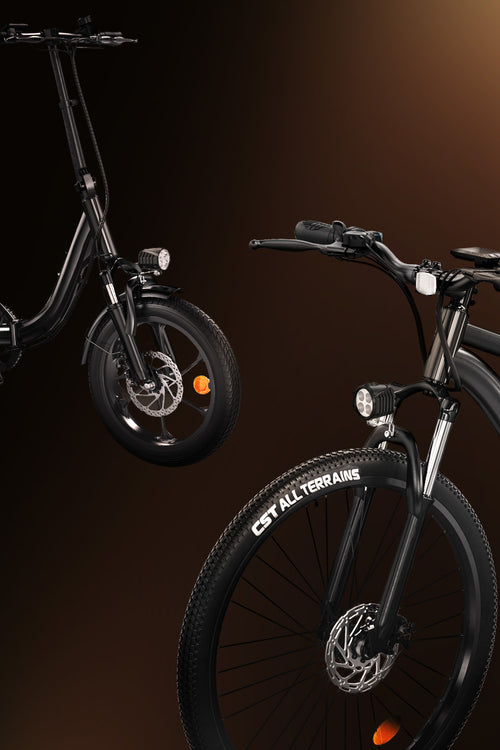














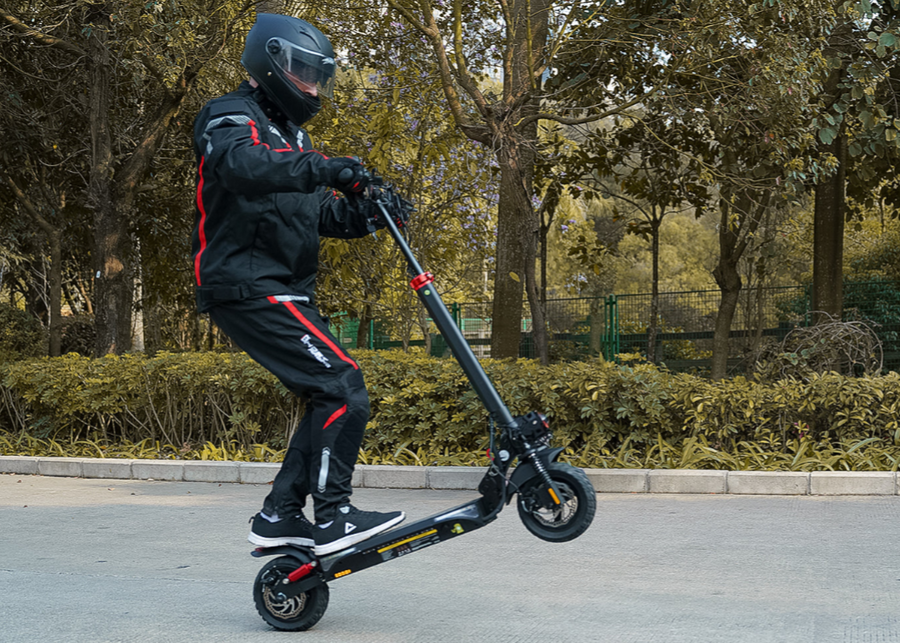

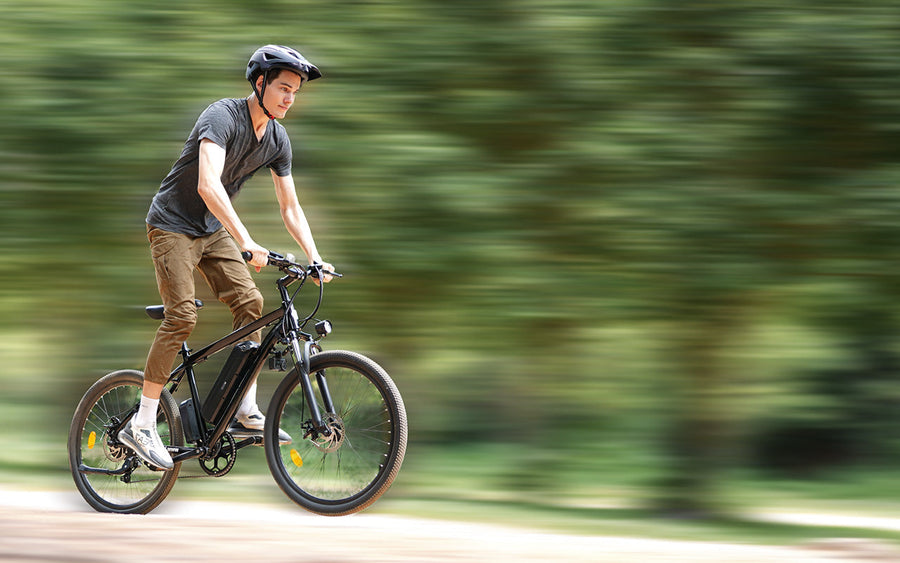

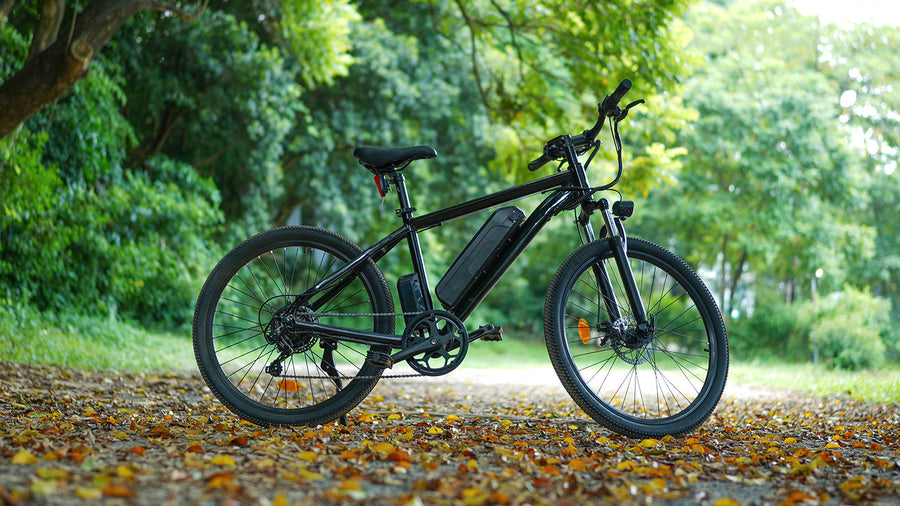
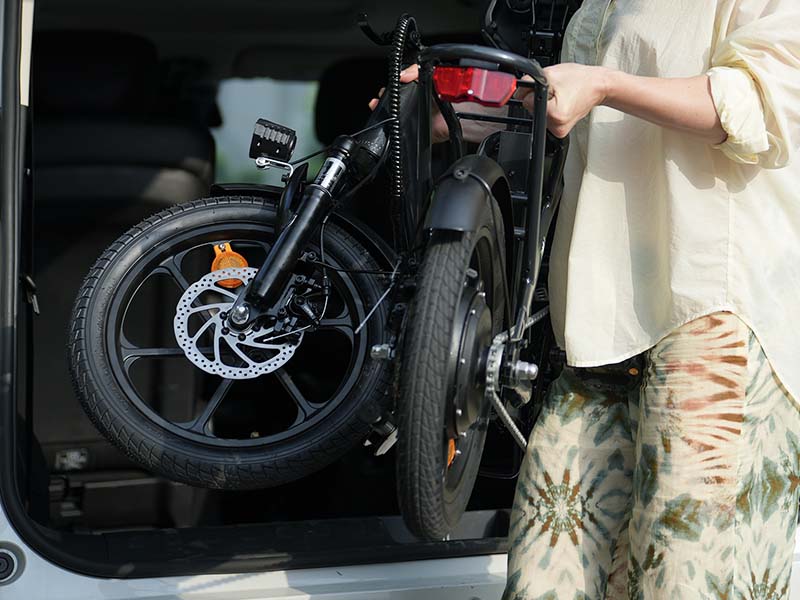
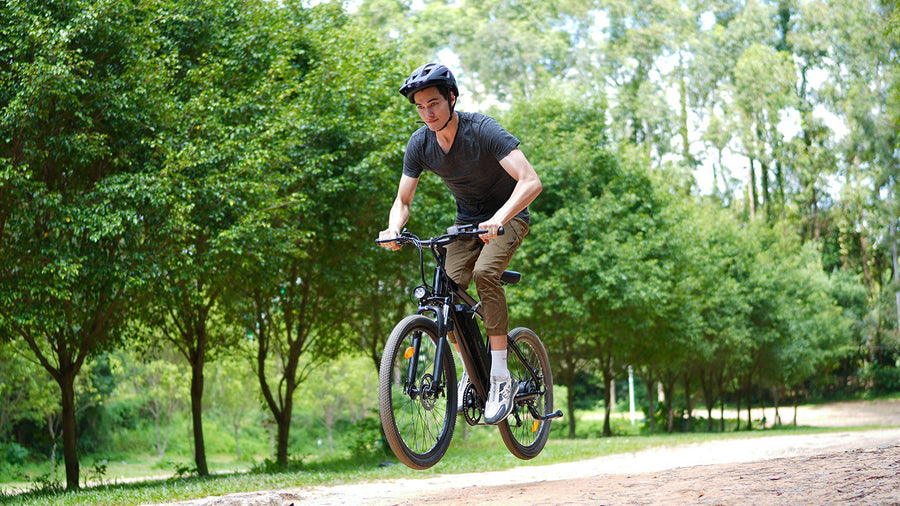








Article tags :
Leave us a message